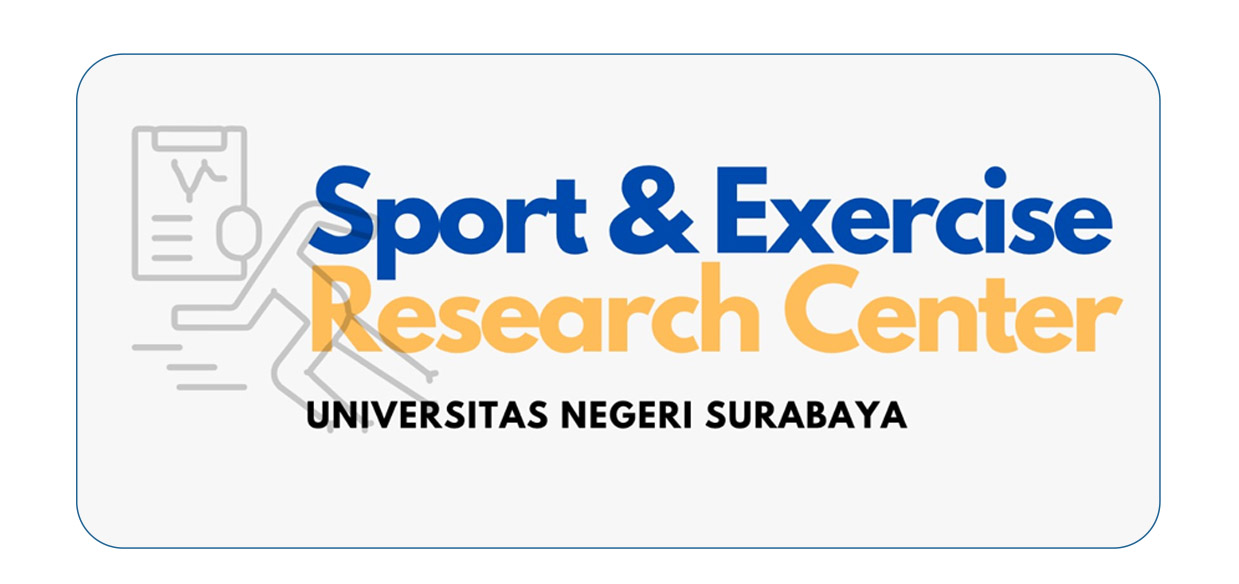Latihan Pliometrik dalam Meningkatkan Komponen Fisik : A Systematic Review
DOI:
https://doi.org/10.26740/jossae.v6n2.p156-171Keywords:
athlete, plyometric training, performance, physical fitnessAbstract
Most achievement sports even require athletes to have the good physical fitness to achieve optimal performance. Some of the most dominant physical components in achievement of competitive sports, especially sports involving muscles, are physical fitness and motor fitness. The purpose of this literature review is to identify, critique, and summarize the available study evidence regarding plyometric training on the component of physical condition. Data sources are taken from PubMed and Scopus. The search data ranges from January 2010 to December 2020. The inclusion criteria were experimental studies designed in randomized controlled trials related to plyometric training on physical fitness. Data extraction includes objectives, methods, samples, interventions, instruments, and research results. The data were synthesized using a systematic review. Search results in the database yielded 521 studies. There were 10 studies that met the inclusion criteria. The results of the review conclude that the plyometric training program can improve the physical fitness component. The most dominant increase in plyometric training was lower extremity explosive strength, namely leg power and sprint running speed. Sprint running which includes even power really needs plyometric training to improve sprint running performance. Plyometric training also improves physical fitness, specific physical abilities, and strength endurance.
References
Baker, J. D. (2016). The purpose, process, and methods of writing a literature review. AORN journal, 103(3), 265-269.
https://doi.org/10.5897/JPESM11.072
Brown, A. C., Wells, T. J., Schade, M. L., Smith, D. L., & Fehling, P. C. (2007). Effects of plyometric training versus traditional weight training on strength, power, and aesthetic jumping ability in female collegiate dancers. Journal of dance medicine & science, 11(2), 38-44.
Bompa, T. O. (1993). Power training for sport: Plyometrics for maximum power development. Oakville, Ont.: Mosaic Press; Gloucester, Ont.: Coaching Association of Canada, $ cc1993.
Bompa, T. O., & Carrera, M. (2015). Conditioning young athletes. Human Kinetics.
Canavan, P. K., & Vescovi, J. D. (2004). Evaluation of power prediction equations: peak vertical jumping power in women. Medicine & Science in Sports & Exercise, 36(9), 1589-1593.
Chaouachi, A., Brughelli, M., Levin, G., Boudhina, N. B. B., Cronin, J., & Chamari, K. (2009). Anthropometric, physiological and performance characteristics of elite team-handball players. Journal of sports sciences, 27(2), 151-157.
Cooper, H., Hedges, L. V., & Valentine, J. C. (Eds.). (2019). The handbook of research synthesis and meta-analysis. Russell Sage Foundation.
Elsayed, M., & El, A. M. (2012). Effect of Plyometric Training on Specific Physical Abilities in Long Jump Athletes. World Journal of Sport Sciences, 7(2), 105-108.
Gambetta, V. (1989). Plyometrics for beginners-basic considerations. New Stud Athlet, 4(1), 61-66. Gehri, D. J., Ricard, M. D., Kleiner, D. M., & Kirkendall, D. T. (1998). A comparison of plyometric training techniques for improving vertical jump ability and energy production. J Strength Cond Res, 12, 85- 89.
Hewett, T. E., Stroupe, A. L., Nance, T. A., & Noyes, F. R. (1996). Plyometric training in female athletes decreased impact forces and increased hamstring torques. Am J Sports Med, 24(6), 765-773. https://doi.org/10.1177/036354659602400611
Markovic, G., Jukic, I., Milanovic, D., & Metikos, D. (2007). Effects of sprint and plyometric training on muscle function and athletic performance. The Journal of Strength & Conditioning Research, 21(2), 543-549.
Markovic, G., & Mikulic, P. (2010). Neuro-musculoskeletal and performance adaptations to lower-extremity plyometric training. Sports medicine, 40(10), 859-895.
Syaodih, N. (2009). Metode Penelitian Pendidikan. PT. Remaja Rosdakarya: Bandung
Thaqi, A., Berisha, M., & Hoxha, S. (2020). The effect of plyometric training on the power-related factors of children aged 16 years-old. PROGRESS IN NUTRITION, 22.
Vassil, K., & Bazanovk, B. (2012). The effect of plyometric training program on young volleyball players in their usual training period. Journal of Human Sport and Exercise, 7(1), S34-S40.
Downloads
Published
How to Cite
Issue
Section
License
Copyright (c) 2021 JOSSAE (Journal of Sport Science and Education)

This work is licensed under a Creative Commons Attribution-ShareAlike 4.0 International License.
 Abstract views: 2389
,
Abstract views: 2389
, PDF Downloads: 2843
PDF Downloads: 2843








